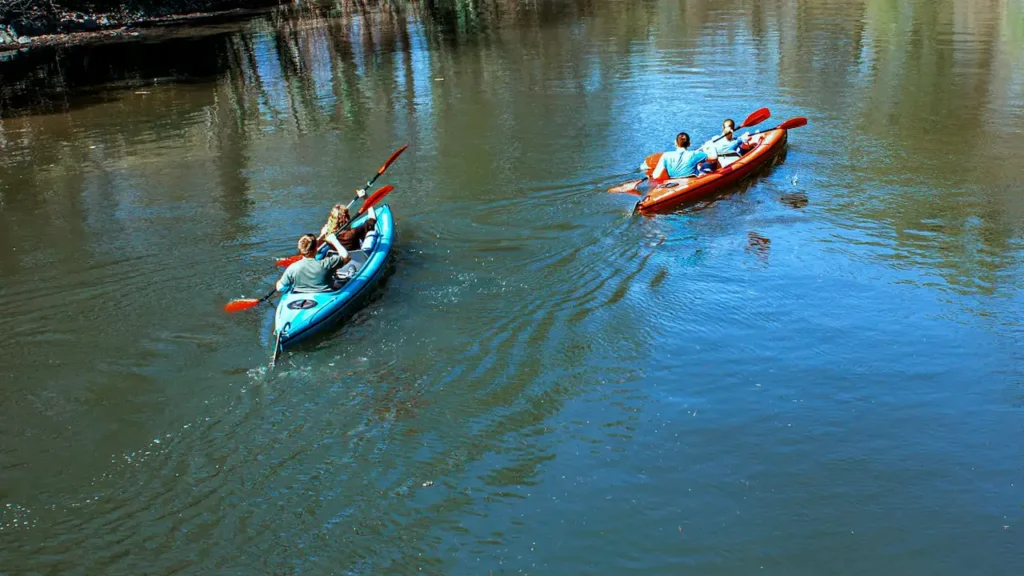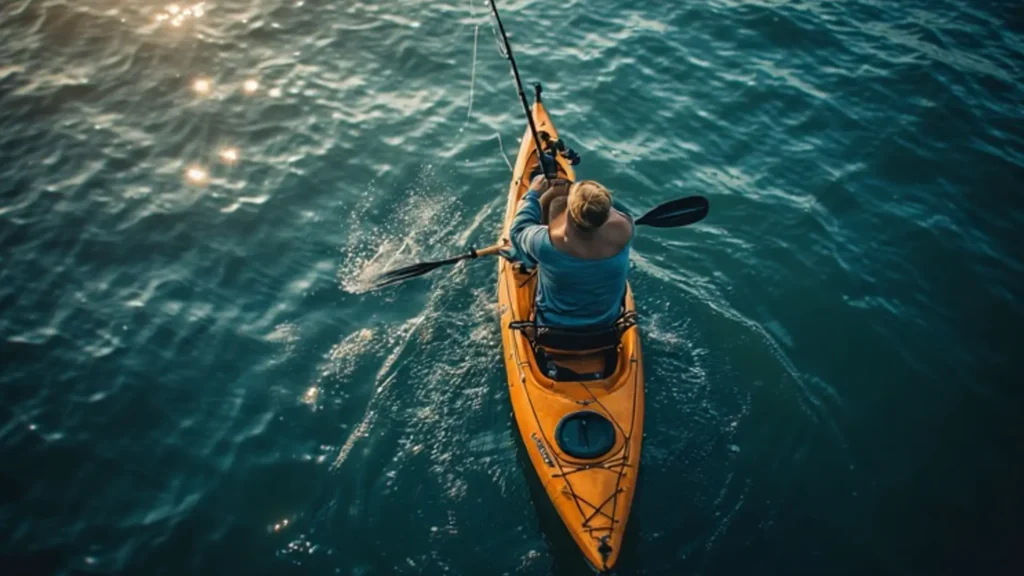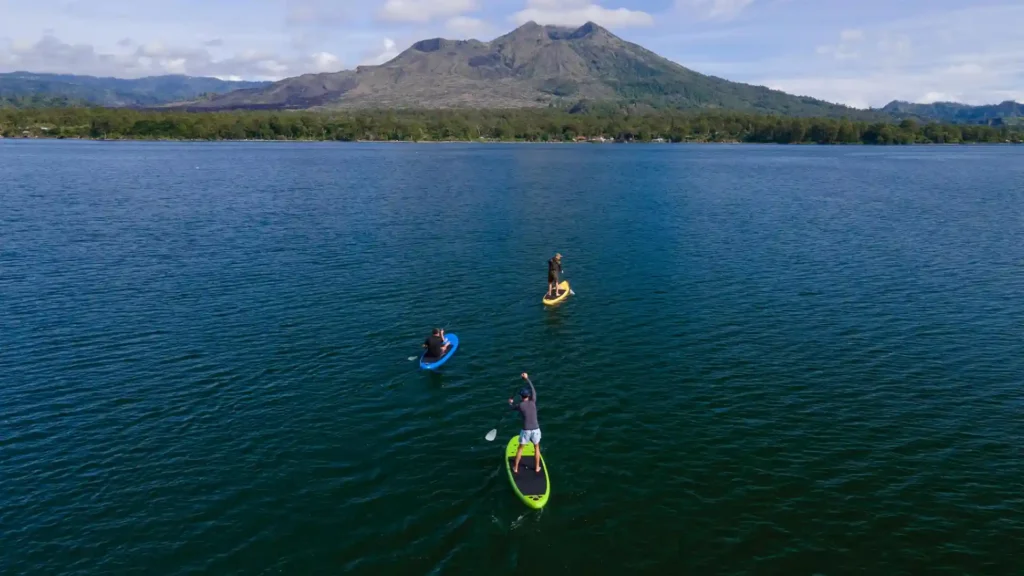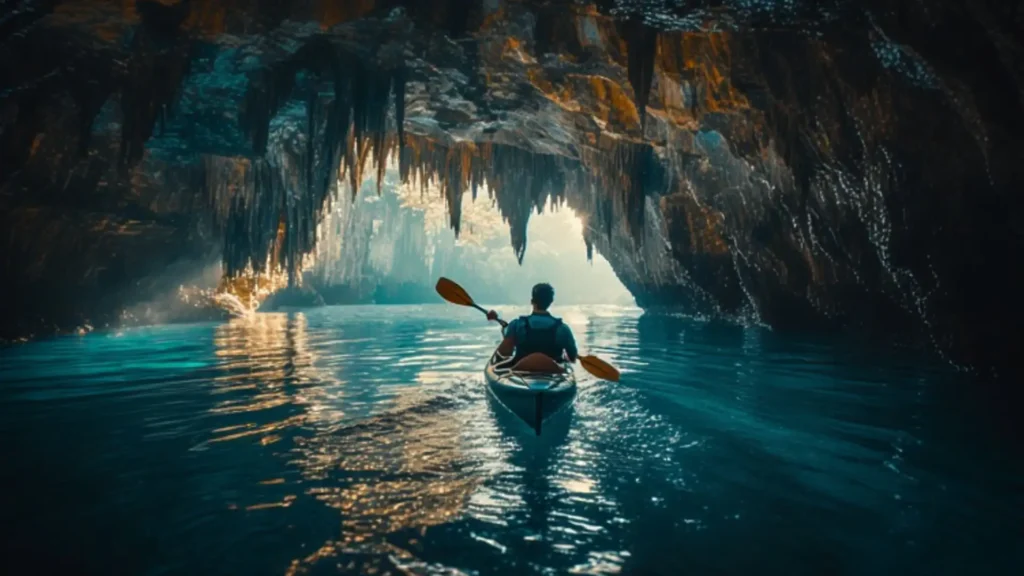Kayaking with friends sounds simple—grab your paddle, hop in the water, and go. But when it’s a group trip, the small details make or break the experience. The route, safety, food, gear, and communication all need a plan. If you miss a step, a fun outing can quickly turn into stress for everyone.
A group kayaking trip is worth the effort. You get the shared adventure, the laughs, and the stories that last for years. But those rewards come when you prepare in a way that keeps the group safe, happy, and moving smoothly.
Here’s what we’ll cover—how to choose the right location for everyone’s skill level, how to split gear and tasks, how to keep the group together on the water, and how to handle food, rest, and emergencies.
This guide is from the point of view of someone who’s led dozens of group kayaking trips. If you want your outing to feel effortless, the work starts before you touch the water.
Choose the Right Route and Conditions
The first step is choosing a route that everyone can manage. This is not about the strongest paddler—it’s about the slowest and least experienced person in the group. If one person struggles, the whole trip slows down. The best route leaves everyone with enough energy at the end to still enjoy the last paddle stroke.
Start by matching distance to skill level. For beginners, short routes with plenty of rest areas work best. For mixed-skill groups, plan for the middle range but be ready to shorten it if needed. A group that ends feeling strong will remember the day in a better light than one that finishes in exhaustion.
Check the forecast carefully, not just for sun or rain but for wind speed, wind direction, and temperature. Strong headwinds can double the effort it takes to paddle.
Tailwinds can make the return trip harder if they reverse during the day. Water temperature also matters—cold water increases the risk if someone capsizes.
Look into current and tide charts if your route is on the coast or a tidal river. Moving water can change a pleasant paddle into a hard grind. Plan your route so you travel with the current as much as possible. If you must paddle against it, do it early while everyone is fresh.
Choose entry and exit points that are safe and accessible. Steep banks, slippery mud, or jagged rocks make loading and unloading kayaks risky. Ramps, gentle slopes, or sandy beaches work best. Think about how tired people might be at the end—easy exits keep the mood positive.
If possible, scout the route before the trip. A quick check lets you spot hazards, tricky turns, or areas where the group might need to slow down. This extra step gives you more control on the day of the trip.
Finally, have a backup plan. If weather or water conditions turn bad, know a shorter route or sheltered area where you can still enjoy the day. A flexible plan means you can adapt without losing the fun.
Divide the Gear and Responsibilities
A smooth group trip starts with clear roles. When every paddler has a job, no single person carries all the responsibility. This keeps the workload fair and the group more organized. It also means if someone loses gear or has a problem, another paddler can step in with a backup.
Think about the main areas to cover—first aid, navigation, food and water, safety equipment, and communication tools. One paddler can be in charge of the first aid kit, making sure it’s stocked and stored in a waterproof bag.
Another can take the lead on navigation, bringing a waterproof map or GPS. Someone else can manage the group’s shared snacks, water supply, or cooking gear for longer trips.
Make a complete checklist of shared gear before the trip. Include repair kits for fixing a damaged kayak, pumps for removing water from cockpits, tow lines for helping tired paddlers, and maps of the route. Assign these items before the trip so everyone knows what they’re responsible for.
Shared gear should be stored in a way that makes it quick to grab on the water if needed.
Personal gear needs rules too. Every paddler should wear a properly fitted life jacket at all times. A whistle is important for signaling if someone gets separated.
Clothing should match the weather and water temperature—quick-drying layers in warm conditions, insulated gear in cold. Before launching, do a short gear check together so nothing vital is left behind.
For larger groups, you can assign “float buddies.” Each pair watches out for one another’s gear and well-being during the trip. This extra layer of responsibility helps catch small issues before they turn into problems.
Keep the Group Together on the Water
One of the biggest challenges during a group trip is staying together. Strong paddlers naturally move faster, while newer or tired paddlers fall behind. If the group spreads out too far, it increases safety risks and slows communication. The solution is simple—agree before launching that everyone moves at the pace of the slowest paddler.
Talk about this rule during the trip briefing so there are no surprises. Stronger paddlers can use the extra time to practice strokes, take photos, or scout ahead slightly, but they should always stay within sight and hearing of the group. This keeps everyone connected and reduces the risk of accidents.
Plan natural regroup points along the route. Sheltered coves, calm bends, or wide sandbars work well for short breaks. These stops let the slower paddlers catch up and give everyone a chance to drink water, eat a snack, or stretch. Regular pauses prevent fatigue from building up and keep morale high throughout the day.
Assign a lead paddler and a sweep paddler before setting off. The lead controls the pace, watches for hazards, and navigates the route. The sweep stays at the back, keeping the slowest paddler company and making sure no one is left alone. This “front and back” system keeps the group together while allowing some freedom in the middle.
Paddling burns energy fast. If you don’t refuel, you’ll feel it halfway through the day. Pack food that’s easy to eat on the water or during short land breaks. Energy bars, nuts, fruit, and sandwiches work well.
Schedule breaks before people start to get too tired. Waiting until exhaustion hits makes recovery harder. Aim for shorter, regular breaks instead of one long stop.
Bring more water than you think you’ll need. Dehydration sneaks up on paddlers, especially in sunny or windy conditions. Remind everyone to drink often, not just when they feel thirsty.
Be Ready for Emergencies
Group safety starts long before you hit the water. At least one paddler in the group should be trained in basic first aid and water rescue. If no one has formal training, it’s worth taking a short course before the trip.
Skills like stopping bleeding, treating hypothermia, and helping a capsized paddler back into their kayak can make the difference between a quick recovery and a serious incident.
Every group should carry a waterproof bag with essential emergency items. This should include a stocked first aid kit, multi-tool or repair kit for fixing kayak damage, spare paddle, and a list of emergency contacts. For longer or remote routes, bring a satellite phone, VHF radio, or personal locator beacon so you can call for help if cell service fails.
Before launching, go through possible “what if” scenarios together. What if a kayak fills with water? What if someone is injured? What if the weather changes quickly? Talking through these in advance means everyone knows the steps to take and who is responsible for what. This reduces panic and speeds up response time.
Assign clear emergency roles. One person calls for help, one assists the injured paddler, and another secures the rest of the group. These roles should be flexible, but having them in place prevents confusion during a crisis. When everyone knows their job, the group can act fast and in sync.
For added safety, carry visual and sound signaling devices—flares, a mirror, or an air horn—so rescuers can find you. Brightly colored paddle blades or flags can also make the group easier to spot from a distance.
When the trip ends, make time to share the highlights. This helps keep the positive energy and strengthens the group for future adventures. A quick debrief can also help improve the next trip—ask what worked well and what could be better.
Check all gear before leaving the site. Wet gear should be aired out, and damaged items should be set aside for repair. Ending with order makes the next trip easier to plan.
Group kayaking trips work best when the effort is shared. Every detail you plan ahead of time is one less stress on the water. When everyone’s needs are met, the group stays together, safe, and focused on the reason you’re there—to enjoy the day.




